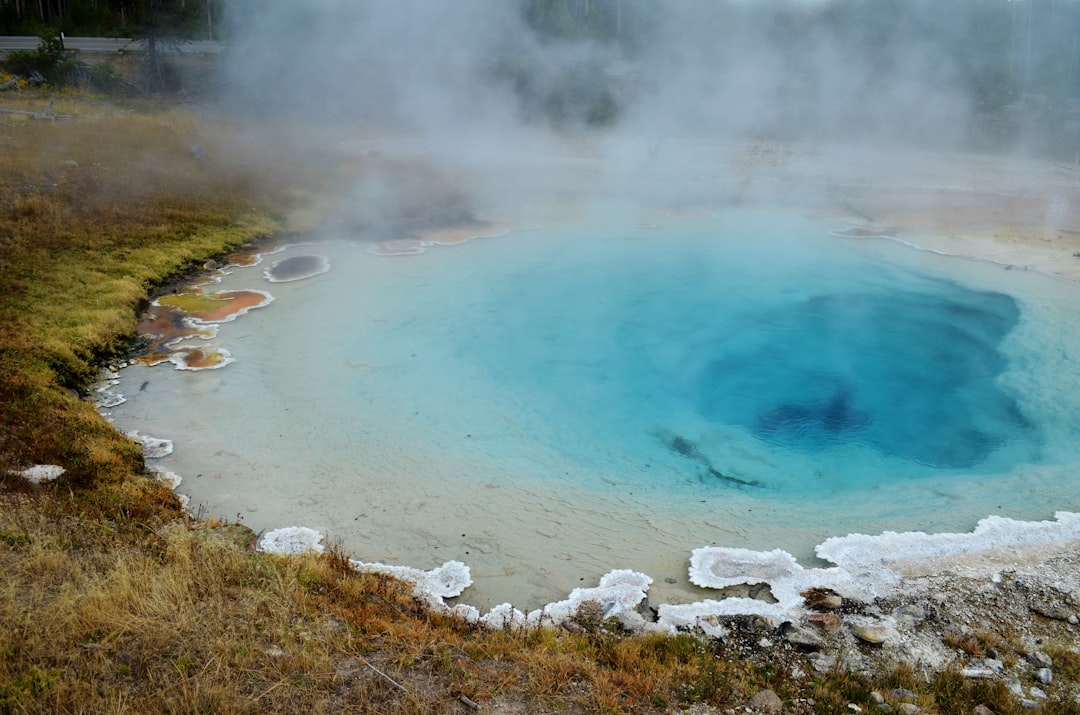What is it about?
In ionospheric data assimilations, one of the most important pieces of information is the background error correlation, which controls the spatial spread of observations. In this study, the vertical error correlation length (VCL) will be evaluated locally based on a statistical analysis using the Neustrelitz Electron Density Model and global ionosonde observation network from Global Ionospheric Radio Observatory. For the first time, this study establishes that ionospheric VCLs can be effectively characterized by two primary parameters: the variance ratio and the correlation between the ionospheric model and the observational data. In addition, the study examines the relationships between climatological VCLs and scale heights within empirical ionospheric models. A novel VCL model is proposed based on the statistical analyses.
Featured Image

Photo by Hiroshi Kimura on Unsplash
Why is it important?
The proposed correlation length models offer utility in the temporal evolution of error covariance matrices within ionospheric 4D variational assimilations, potentially mitigating one of the primary limitations associated with static error covariance specifications in such assimilation procedures. * Derives ionospheric vertical correlation lengths (VCLs) from global ionosondes * Demonstrates that the variance ratio between model and measurements can characterize the ionospheric error VCL * Proposes a novel ionospheric VCL model based on modeling the variance ratio and vertical scale heights
Read the Original
This page is a summary of: Characterization of the Ionospheric Vertical Error Correlation Lengths Based on Global Ionosonde Observations, Space Weather, March 2024, American Geophysical Union (AGU),
DOI: 10.1029/2023sw003743.
You can read the full text:
Contributors
The following have contributed to this page










